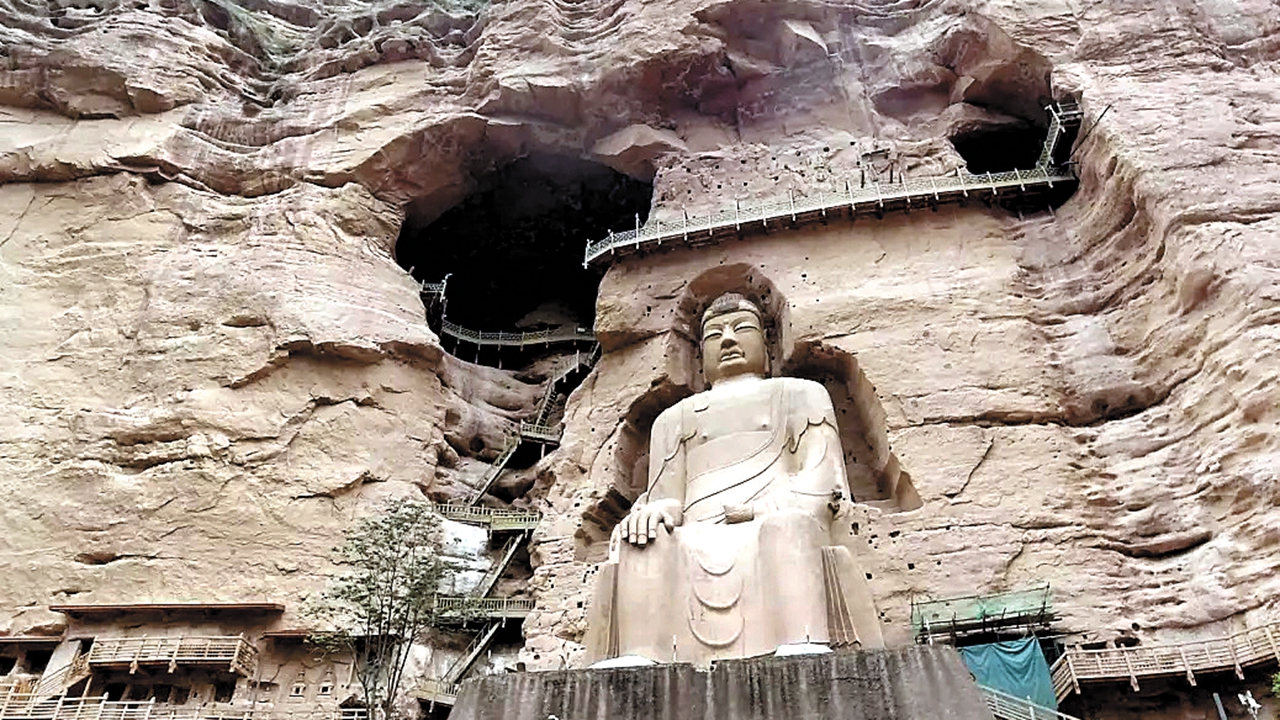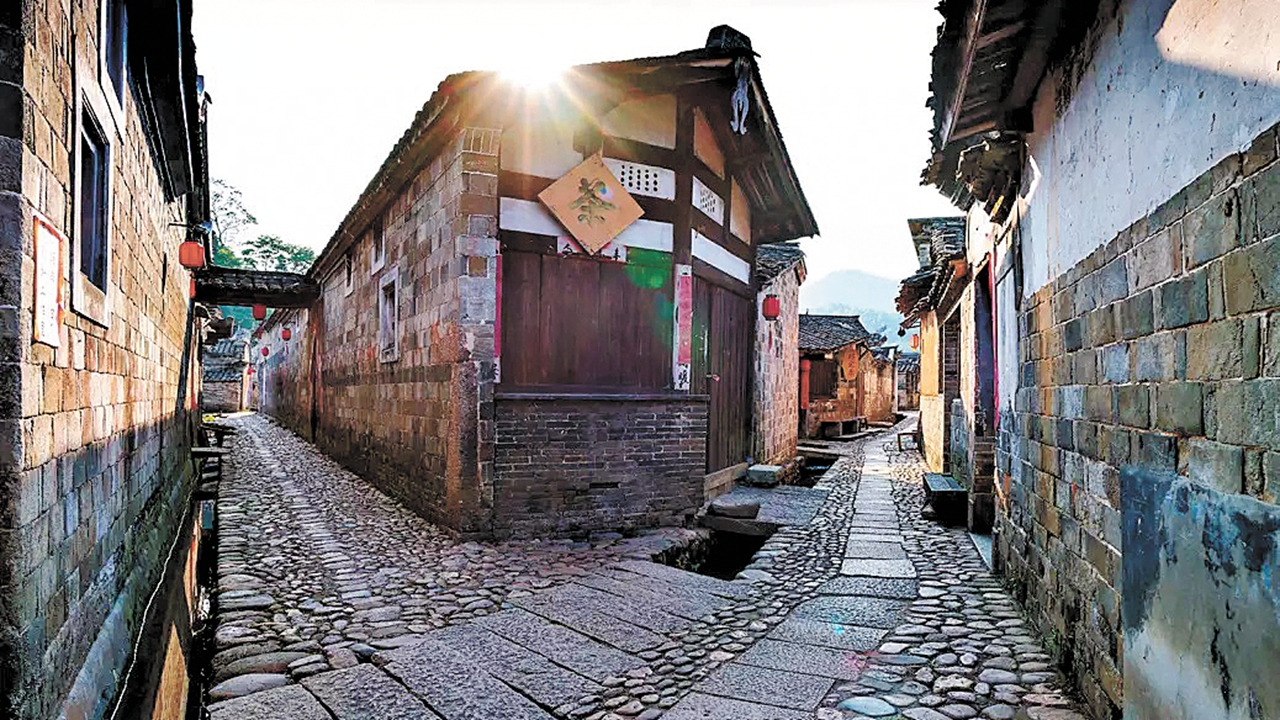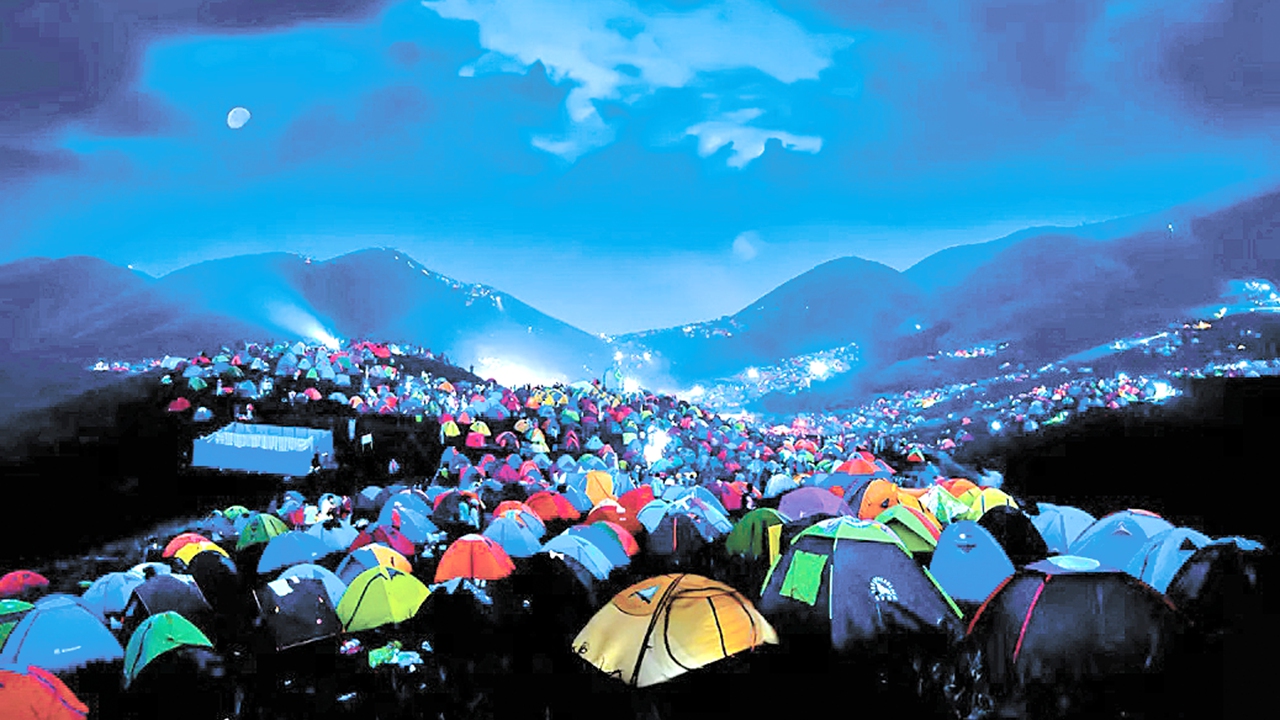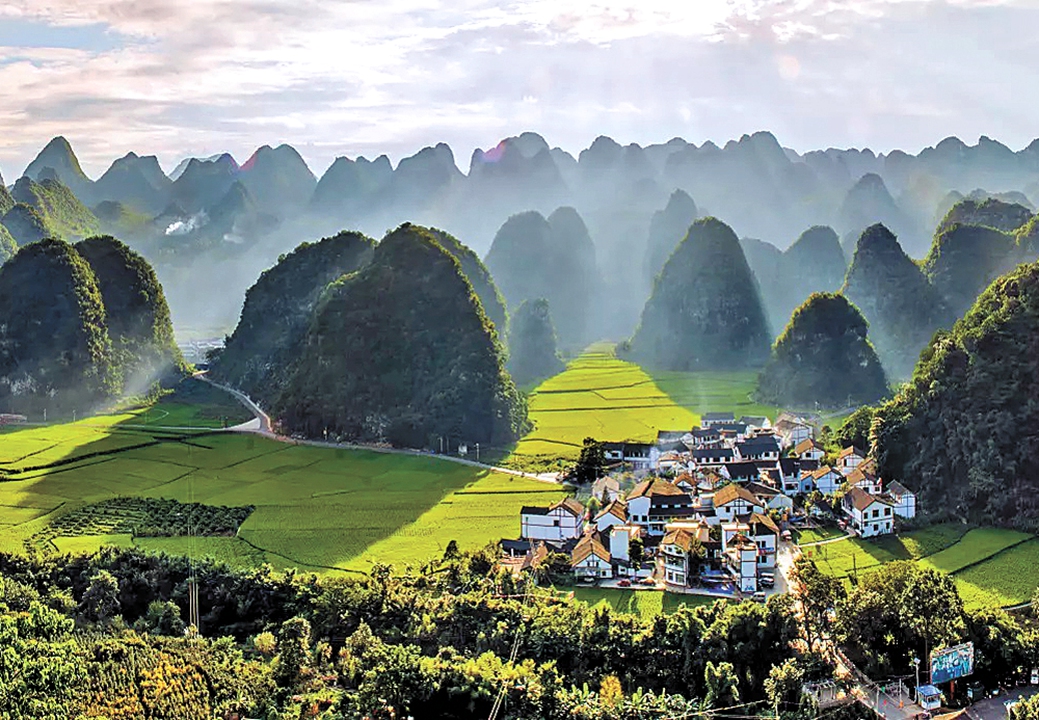Explore 6 new UNESCO Global Geoparks
Writer: | Editor: Zhang Zeling | From: | Updated: 2024-04-08
On March 27, six new sites in China were named as Global Geoparks by the United Nations Educational, Scientific and Cultural Organization (UNESCO) in Paris, making our country home to 47 Global Geoparks. The designation of UNESCO Global Geopark was first established in 2015 to recognize geological heritages of international importance. Currently, the UNESCO Global Geoparks network consists of 213 geoparks in 48 countries.
Here we take our readers on a tour to explore these wonderful sites.
Mount Changbaishan geopark
Located in Northeast China’s Jilin Province, Mount Changbaishan is like an open-air classroom for volcanism, with dramatic landforms and diverse rock types that document significant multiphase eruptions. The “millennium eruption,” which took place around 1,000 years ago, is one of the largest volcanic eruptions in modern history and has left a lasting impact, creating special pyroclastic accumulations of international significance.

A child poses for photos at the Tianchi Lake on Mount Changbaishan, Jilin Province. Photos by SD-Agencies
Mount Changbaishan itself is one of the best-preserved composite volcanoes from the past several million years. At its summit, you will find the highest and largest crater lake in northeastern Asia, the Tianchi Lake, which offers breathtaking views.
Enshi Grand Canyon-Tenglongdong Cave geopark
Located in Hubei Province, the geopark is home to world-famous erosion and dissolution landscapes and the rich cultural heritage of the Tujia, Miao, and Dong ethnic minority groups.
Its geological marvels unfold across exposed strata ranging from the Cambrian to the Cretaceous periods (approximately 539 to 66 million years ago). The topography is deeply dissected by the Qingjiang river system, forming a spectacular karst landscape in Permian and Triassic carbonate rocks characterized by steep cliffs, deep gorges, caves, and disappearing rivers. The periodic uplift of the Qinghai-Tibetan Plateau by tectonic collision formed several planation surfaces and resulted in the world-renowned multi-level Tenglongdong Cave system and Enshi Grand Canyon. The geological landscape supports remarkable biodiversity, with lush forests covering an astounding 67.3% of the geopark, an area of over 450 km². There are more than 4,000 plant species and 500 different terrestrial vertebrates in the geopark.
Beyond the geopark’s geological splendour, the rich cultural heritage of the Tujia, Miao and Dong ethnic minority groups lies at the heart of the territory. Visitors can experience traditional architecture, folk songs, dances and festivals.
Linxia geopark
Located in Gansu Province, this park features a landscape of mountains and basins.

Bingling Cave Temple in Linxia geopark, Gansu Province.
The dramatic Danxia landform along the Yellow River showcases striking colorful rock formations shaped by erosion, weathering and gravity. The geopark is home to the famous Bingling Cave Temple grottoes, where intricate sculptures are carved into the cliff faces, and to one of the longest and best-preserved fossil trackways on record, 24 consecutive paired footprints of the pterosaur, the earliest vertebrate species known to have evolved powered flight. The geopark is the region with most abundant ancient mammal fossils in China.
With roots tracing back more than 5,000 years along the Yellow River, Linxia was an important courier station along the Ancient Silk Road. Visitors can also explore the Hua’er folk music tradition shared by nine ethnic groups in the region.
Longyan geopark
This park offers a geological record of tectonic evolution in Southeast China covering a period of approximately 300 million years. The geopark’s abundant geological heritage includes the Meihuashan granitic complex, the Guanzhaishan red bed sedimentary rocks and the Zijinshan super-large porphyry-epithermal copper-gold deposit.
Home to dense natural forests, the geopark displays rich biodiversity. The geopark is home to endemic animal and plant species, including the South China tiger and the rare Chinese yew.
Longyan is a birthplace of the Hakka culture. Many unique traditions endure to the present day, including a long procession of dancing show, a carnival with participants dressed in traditional costumes, and the art of woodblock printing.

Peitian Village in Longyan geopark, Fujian Province.
Visitors can also explore the well-preserved Ming (1368-1644) and Qing (1644-1911) dynasty style architecture in Peitian Village, consisting of 30 mansions, 21 family temples, six academies and four monasteries , all arranged compactly along meandering cobbled streets.
Wugongshan geopark
Located at the junction of Pingxiang, Yichun, and Ji’an cities in Jiangxi Province, the geopark presents fascinating landscapes including Jurassic granite “stone forests,” alpine meadows and hot springs.

Wugongshan geopark is a popular destination for campers.
The park’s tent festivals attract thousands of campers and promote outdoor activities such as mountain bike racing and bonfire carnivals. Another way to explore the landscape is to visit orchards and tea gardens and experience the local farming life.
Xingyi geopark
Located in Guizhou Province, the site is a geological treasure trove with imposing natural scenery such as the Malinghe River Gorge, bursting with over 100 cascading waterfalls during the rainy season. The Wanfenglin site displays more than 20,000 karst peaks, stretching as far as the eye can see, and was chosen as one of the four scenic spots in China to be featured on a postage stamp in 2013.

Karst peaks stretch as far as the eye can see at Wanfenglin in Xingyi geopark, Guizhou Province.
The geopark is known for well-preserved “Xingyi fauna” from the late Ladinian Age (ca. 242 to 237 million years ago). These marine reptile and fish fossils offer an unparalleled glimpse into the transition of marine life from nearshore habitats to the deep ocean.
The geopark is home to various ethnic minority groups, including the Buyi, Miao, Yi, Hui, Gelao and Shui. The predominant Buyi people are known for their expertise in weaving, batik printing, brocade work and embroidery.
(SD-Agencies)